10 Best Herbal Decoctions For Hyperpigmentation
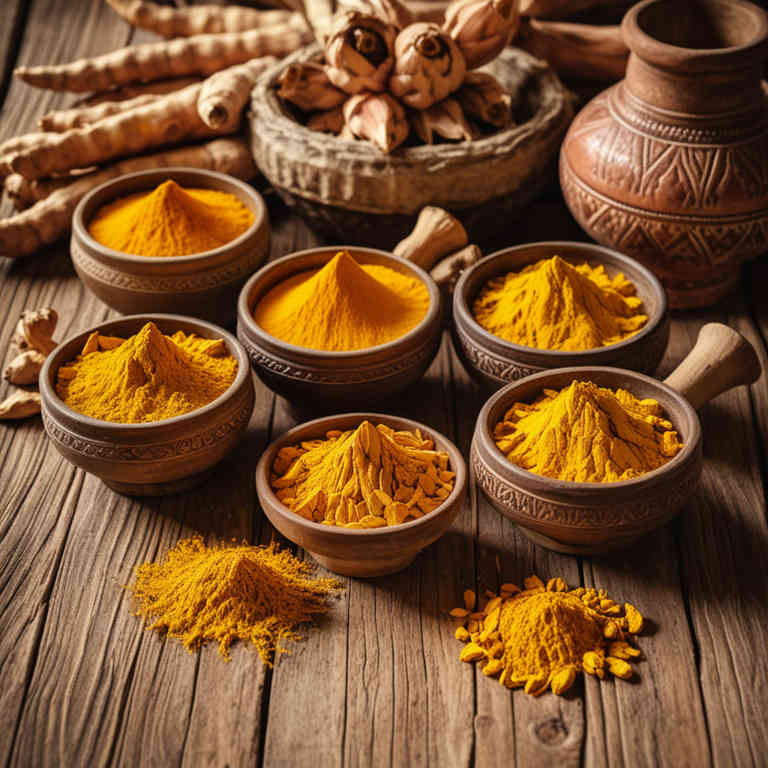
Herbal decoctions have been traditionally used to address hyperpigmentation by leveraging the antioxidant and anti-inflammatory properties of various plant-based ingredients.
Common herbs such as neem, turmeric, and licorice root are often included in these decoctions due to their ability to inhibit melanin production and reduce skin discoloration. Preparation involves simmering the herbs in water to extract their active compounds, which can then be applied topically or consumed internally, depending on the specific formulation. These decoctions are favored for their natural approach and minimal side effects compared to synthetic treatments.
However, it is important to consult a healthcare professional before using herbal remedies to ensure safety and efficacy.
FREE Herb Drying Checklist
How to make sure every batch retains maximum flavor, color, and aroma without the risk of mold or over-drying. Eliminate guesswork and trial-and-error, making herb drying faster, easier, and more efficient every time.
Table of Contents
1. Curcuma longa
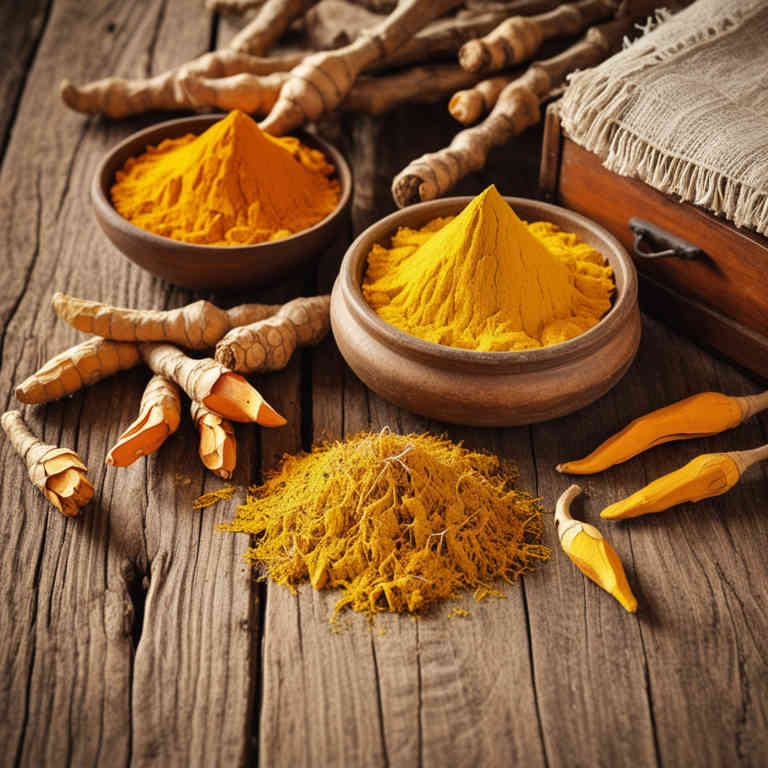
Curcuma longa, commonly known as turmeric, has been traditionally used in herbal medicine for its potent anti-inflammatory and antioxidant properties.
Herbal decoctions made from Curcuma longa are prepared by boiling the rhizomes in water to extract the active compound, curcumin, which is responsible for many of its therapeutic effects. These decoctions have shown promise in reducing hyperpigmentation by inhibiting tyrosinase activity, a key enzyme in melanin production. The anti-oxidative properties of curcumin help neutralize free radicals that can contribute to skin discoloration and uneven pigmentation.
While curcuma longa decoctions can be a natural alternative for managing hyperpigmentation, they should be used with caution and under the guidance of a healthcare professional to ensure safety and efficacy.
2. Centella asiatica
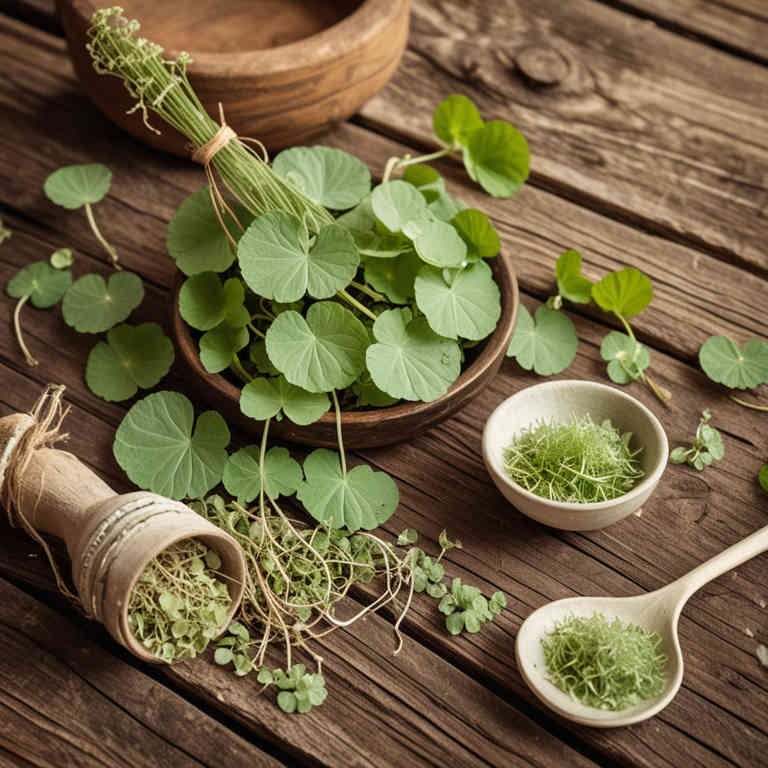
Centella asiatica, also known as gotu kola, is a traditional herbal remedy widely used for its skin-lightening properties.
Herbal decoctions made from Centella asiatica are believed to help reduce hyperpigmentation by inhibiting melanin production and promoting skin cell regeneration. These decoctions often contain active compounds like asiatic acid and madecassol, which have anti-inflammatory and antioxidant effects. When applied topically, they may help even out skin tone and fade dark spots caused by sun exposure or acne scars.
However, it is important to consult a healthcare professional before using Centella asiatica decoctions to ensure safety and efficacy.
3. Silybum marianum

Silybum marianum, commonly known as milk thistle, has been traditionally used in herbal medicine for its potential benefits in treating hyperpigmentation.
The active compound, silymarin, is believed to possess antioxidant and anti-inflammatory properties that may help reduce melanin production and promote skin healing. Herbal decoctions made from the seeds of Silybum marianum are often prepared by simmering the dried seeds in water to extract the beneficial compounds. These decoctions are typically applied topically as tonics or incorporated into skincare routines to address dark spots and uneven skin tone.
While preliminary studies suggest promising results, further research is needed to fully establish their efficacy and safety for hyperpigmentation treatment.
4. Aloe barbadensis
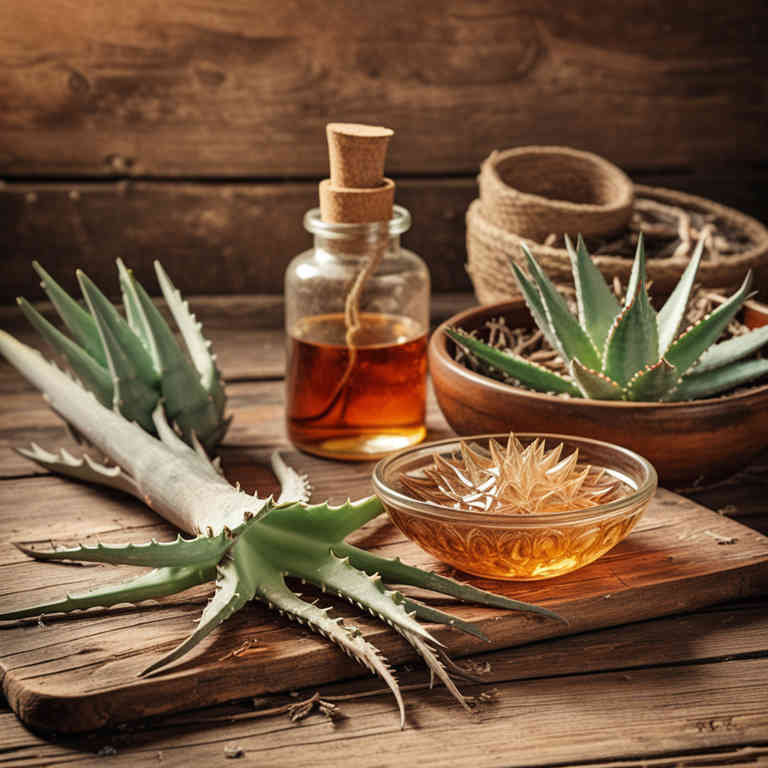
Aloe barbadensis, commonly known as aloe vera, has been widely used in traditional medicine for its soothing and healing properties.
Herbal decoctions made from aloe vera are prepared by simmering the gel or leaves in water to extract its active compounds, which include antioxidants, vitamins, and anti-inflammatory agents. These decoctions are believed to help reduce hyperpigmentation by inhibiting melanin production and promoting skin cell renewal. The presence of compounds like aloin and allantoin in aloe vera may contribute to its ability to lighten dark spots and even out skin tone.
While some studies suggest potential benefits, more clinical research is needed to fully understand its efficacy for treating hyperpigmentation.
5. Rosa canina

Rosa canina, commonly known as rosehip, has been traditionally used in herbal medicine for its potential benefits in treating hyperpigmentation due to its high content of antioxidants, vitamins, and essential fatty acids.
The herbal decoction of Rosa canina is prepared by simmering the dried fruits in water, allowing the active compounds to be extracted for topical or internal use. This preparation is believed to help reduce the appearance of dark spots and uneven skin tone by promoting skin regeneration and inhibiting melanin production. The anti-inflammatory and moisturizing properties of rosehip decoctions may further support overall skin health and enhance the effectiveness of hyperpigmentation treatments.
While more clinical studies are needed, many users report positive results from incorporating Rosa canina decoctions into their skincare routines.
6. Glycyrrhiza glabra
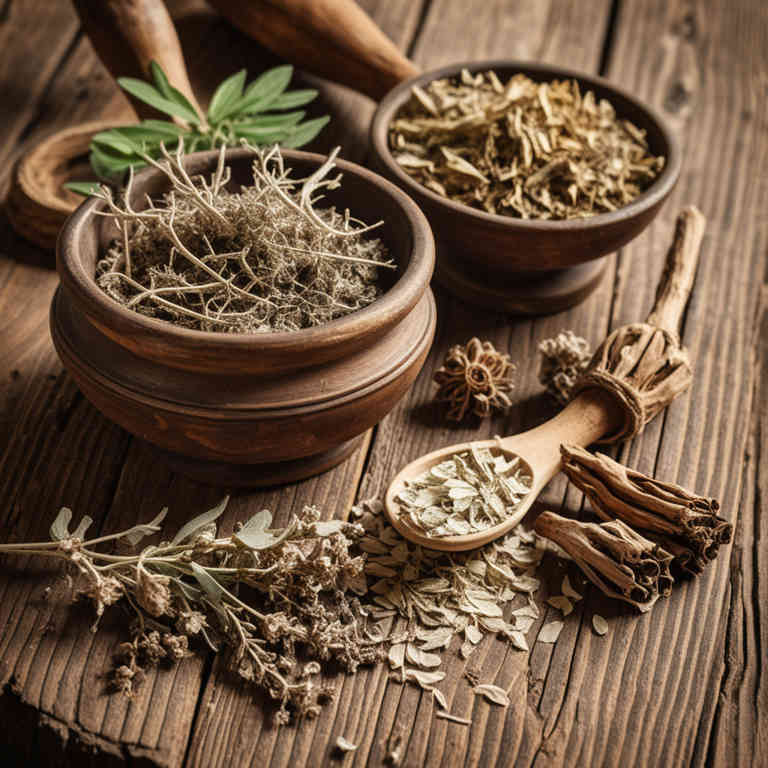
Glycyrrhiza glabra, commonly known as licorice root, has been traditionally used in herbal medicine for its potential benefits in treating hyperpigmentation.
The active compounds in licorice root, such as glycyrrhizin and liquiritigenin, are believed to inhibit melanin production by suppressing tyrosinase activity, a key enzyme in melanogenesis. Herbal decoctions made from Glycyrrhiza glabra are often applied topically to the skin as a natural remedy for dark spots, acne scars, and uneven skin tone. These decoctions may also possess anti-inflammatory and antioxidant properties that further support skin rejuvenation.
However, long-term use of licorice root decoctions should be monitored, as excessive intake can lead to side effects such as hypertension due to its mineralocorticoid-like effects.
7. Vitex agnus-castus

Vitex agnus-castus, commonly known as chaste tree, has been traditionally used in herbal medicine for its potential benefits in managing hyperpigmentation.
The herb contains compounds such as flavonoids and iridoids, which may help regulate hormonal imbalances that contribute to skin discoloration. Herbal decoctions made from Vitex agnus-castus are often prepared by simmering the dried berries in water, allowing the active ingredients to be extracted for topical or internal use. Studies suggest that these decoctions may reduce melanin production by influencing the pituitary gland's release of hormones related to pigmentation.
However, it is important to consult a healthcare provider before using Vitex agnus-castus, as it may interact with certain medications and is not a substitute for professional medical advice.
8. Vitex negundo
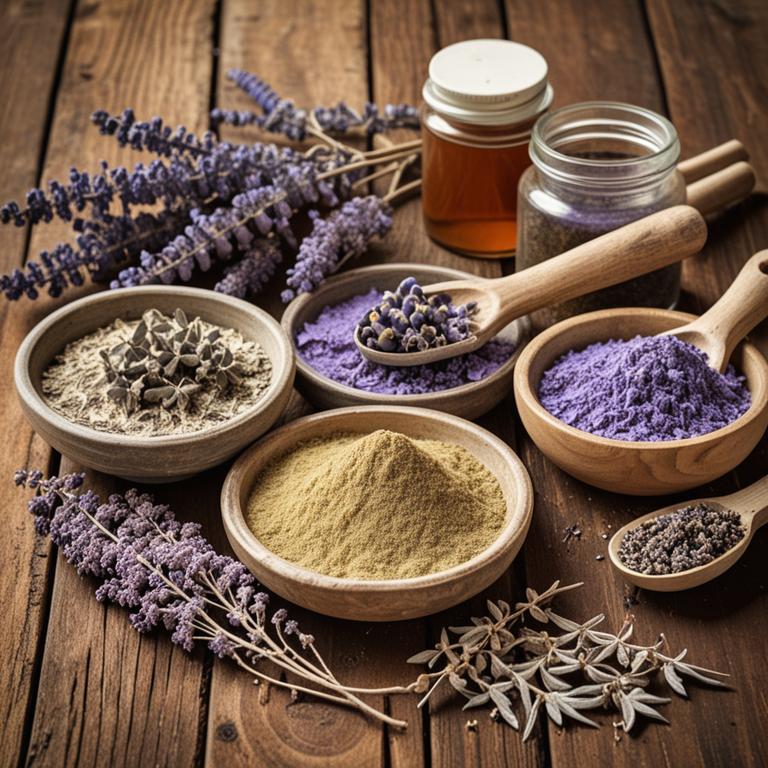
Vitex negundo, commonly known as chaste tree or vitex, has been traditionally used in herbal medicine for its potential benefits in treating hyperpigmentation.
The plant contains bioactive compounds such as flavonoids and iridoids, which may help in reducing melanin production and inhibiting oxidative stress. Herbal decoctions made from Vitex negundo leaves and flowers are often prepared by simmering the plant parts in water for several hours to extract the active ingredients. These decoctions are believed to support skin health by regulating hormonal imbalances that contribute to pigmentation issues.
While preliminary studies suggest promise, further research is needed to confirm their efficacy and safety for treating hyperpigmentation.
9. Punica granatum

Punica granatum, commonly known as pomegranate, has been traditionally used in herbal medicine for its potential benefits in treating hyperpigmentation.
The decoctions made from its bark, leaves, or seeds contain bioactive compounds such as ellagic acid and anthocyanins, which are believed to inhibit melanin production. These compounds exhibit antioxidant and anti-inflammatory properties that may help reduce dark spots and even skin tone. Studies suggest that pomegranate extracts can modulate melanogenesis by suppressing tyrosinase activity, a key enzyme in melanin synthesis.
As a natural remedy, Punica granatum decoctions offer a promising alternative for those seeking to address hyperpigmentation without harsh chemicals.
10. Tamarindus indica

Tamarindus indica, commonly known as tamarind, has been traditionally used in herbal medicine for its potential benefits in treating hyperpigmentation.
The decoctions made from its seeds and pulp are believed to contain compounds such as flavonoids and tannins that may inhibit melanin production. These herbal preparations are often applied topically to the skin to reduce dark spots and even out skin tone. Studies suggest that the antioxidant properties of tamarind may help protect the skin from UV-induced damage, which is a common cause of hyperpigmentation.
While more research is needed, tamarind-based decoctions are increasingly being explored as a natural alternative for skin brightening and pigmentation control.